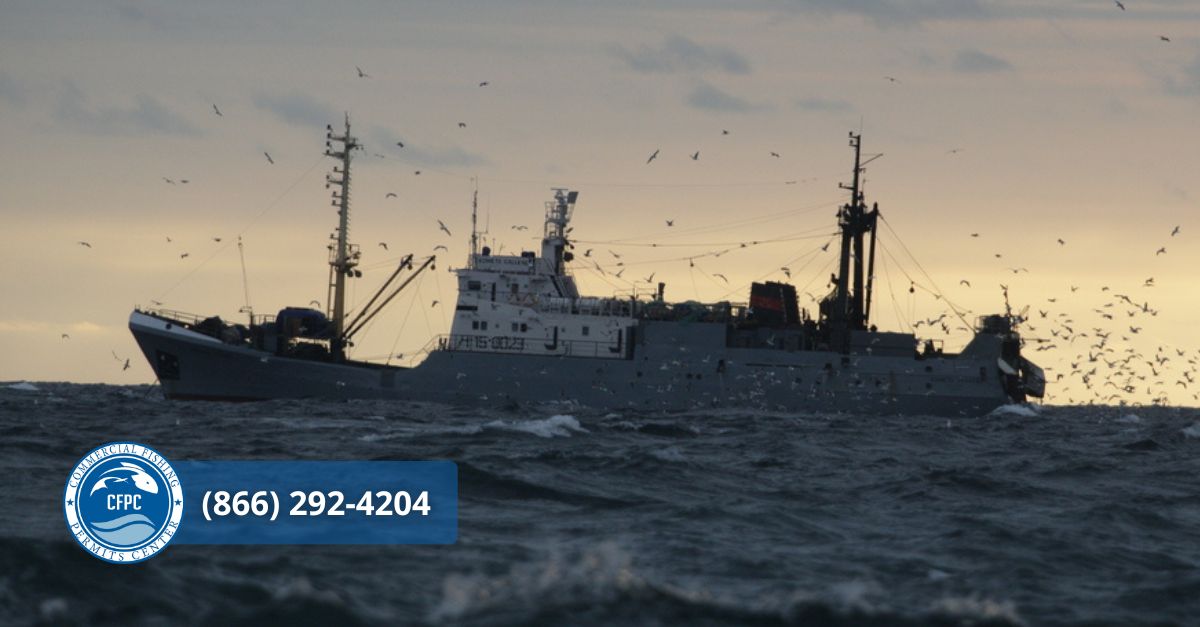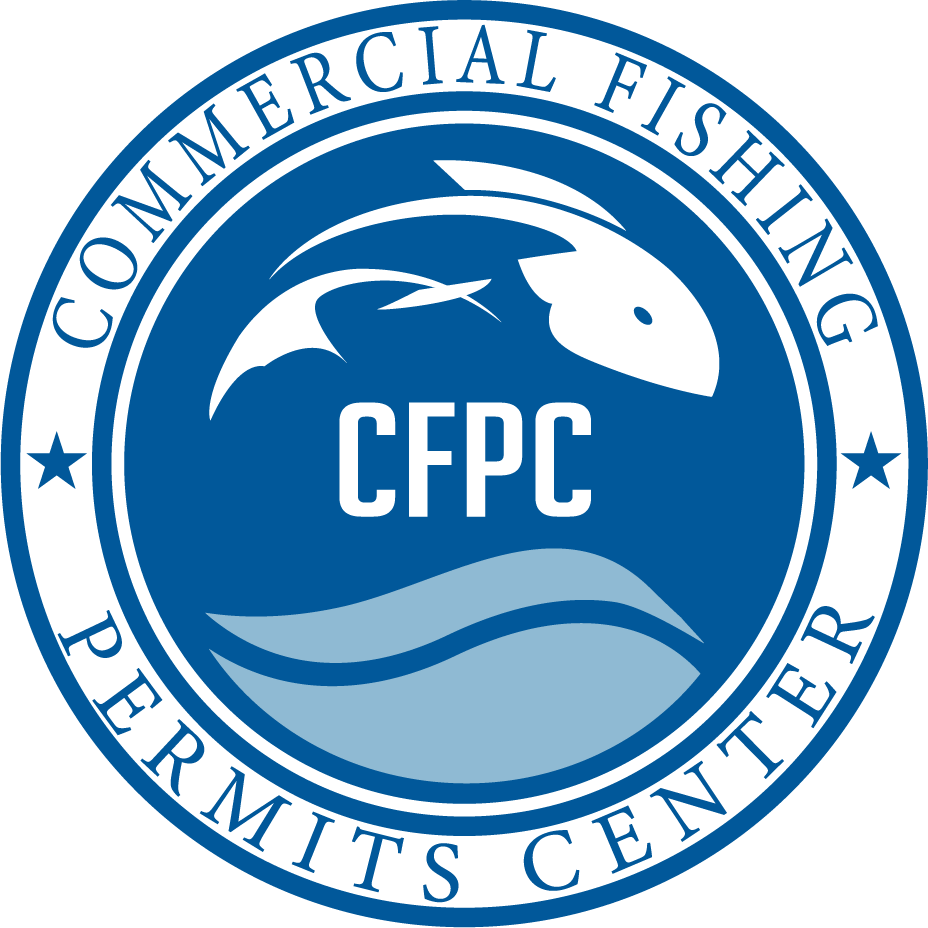The United States economy relies on commercial fishing to a considerable degree. Generating more than $255 billion in annual sales, commercial and industrial fishing also creates more than one million jobs every year. With so much money and opportunity available, it is not surprising that year after year more individuals try their hands at commercial fishing. If you are willing to brave tough conditions and dangerous work, a lucrative livelihood is achievable.
Just as there are a great number of different fish in the sea, there are also a number of methods for fishing commercially. From the very basic rod and reel operations to much more industrial approaches, different businesses approach fishing in different ways. By gaining a better understanding of the different modes of commercial fish operations, you can make a more informed decision about the correct strategy for your business.
Commercial Fishing with Nets
If you have ever spent time fishing recreationally, you have probably used a net once or twice to pull in a larger fish. In commercial fishing, this same principle is often applied at a larger scale. Many businesses will opt to drop large nets in the water to snare their desired catch. Purse Seine fishing is the most common example of this. Using this approach, a fishing boat will locate a school or mass of fish, and then lower a net around them before cinching the net and pulling it back on-board.
Different Trawling Methods
Trawling is somewhat similar to netting. By dragging a net behind your vessel as you move at an appropriate speed, you can catch fish at various different depths. Bottom trawling drags a net along the seafloor, most commonly on sandy or rocky areas. Midwater trawling does the same thing at a more intermediate depth. How you choose to trawl will depend on your desired catch, but it can be a very effective way to land high quantities of fish.
Lines, Traps, Pots, and More
Sometimes, the old fashioned approach of casting a line still works the best. This can be done with a rod or by the practice of longlining. Often up to miles long in their length, longlines have hooks every few feet to ensnare fish. Longlines can be effective, but they do run into issues with bycatch, which is when you snag creatures or items on accident.
Traps and pots are often used to catch lobster, crabs, and other shellfish. In this fishing practice, you place your traps in an area where these species are prevalent, often for long stretches of time. You then retrieve your traps and extract your catch. This practice is fairly common in New England and the Southeast.

Process Your Permit Applications Online
No matter which fishing method you employ, you will need to have the appropriate commercial fishing permits. Fortunately, a private service such as ours can help. By using our convenient, one-stop website, you can apply for all of the permits you need online. To learn more, contact us by email today.


No Comments
Be the first to start a conversation